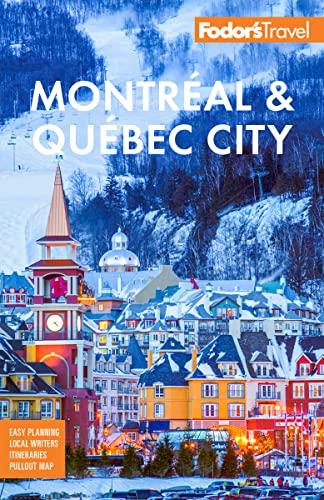Old Montréal, which was once enclosed by thick stone walls, is the oldest part of the city. It runs roughly from the waterfront in the south to ruelle des Fortifications in the north and from rue McGill in the west to rue Berri in the east. The churches and chapels here stand as testament to the religious fervor that inspired the French settlers who landed here in 1642 to build a "Christian commonwealth" under the leadership of Paul de Chomedey, Sieur de Maisonneuve, and the indomitable Jeanne Mance. Stone warehouses and residences are reminders of how quickly the fur trade commercialized that lofty ideal and made the city one of the most prosperous in 18th-century Nouvelle France. And finally, the financial houses along rue St-Jacques, bristling with Victorian ornamentation, recall the days when Montrealers controlled virtually all the wealth of the young Dominion of Canada.
History and good looks aside, however, Old Montréal still works for a living. Stockbrokers and shipping companies continue to operate out of the old financial district. The city's largest newspaper, La Presse, has its offices here. Lawyers in black gowns hurry through the streets to plead cases at the Palais de Justice or the Cour d'Appel, the City Council meets in the Second Empire City Hall on rue Notre-Dame, and local shoppers hunt for deals in the bargain clothing stores just off rue McGill.






